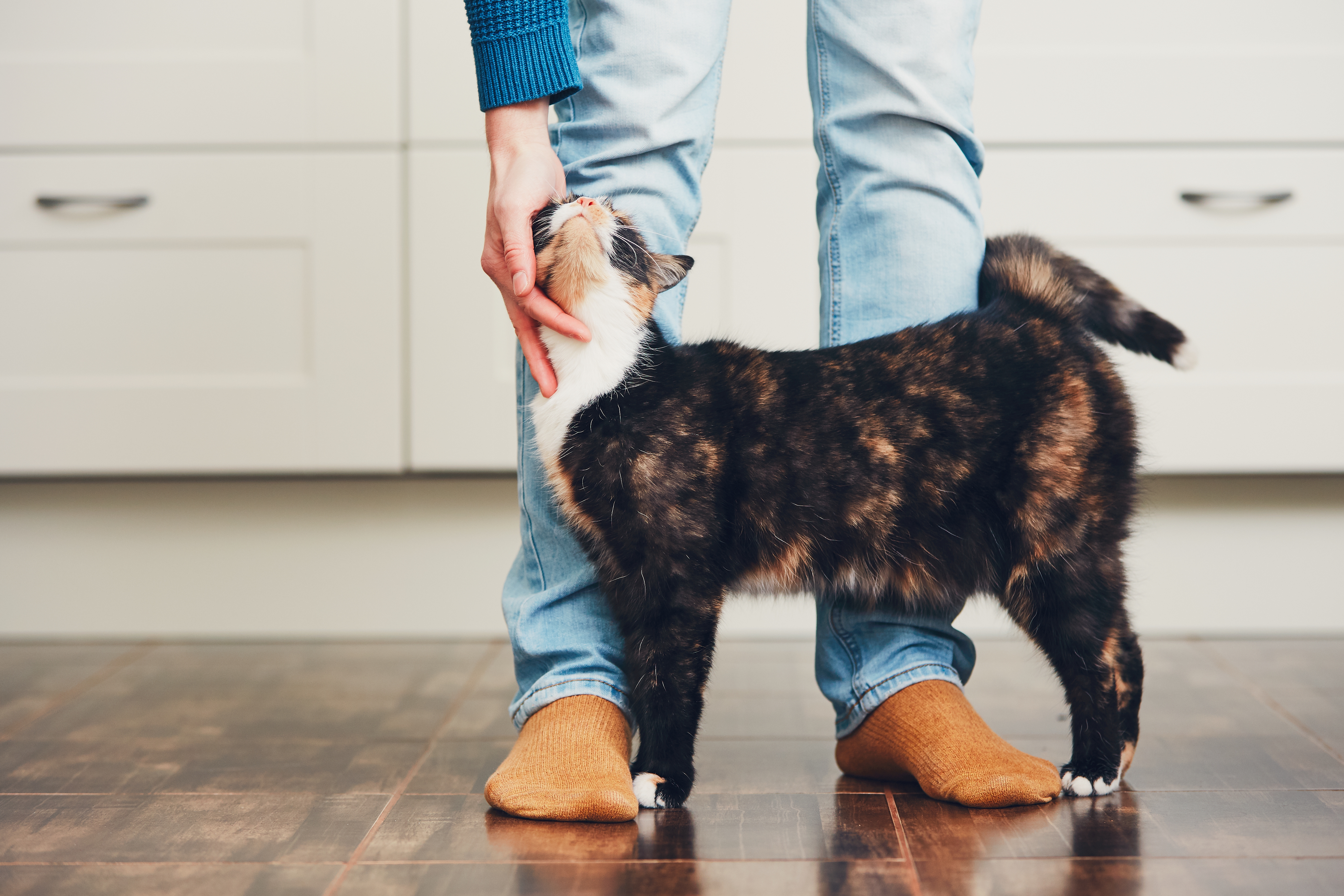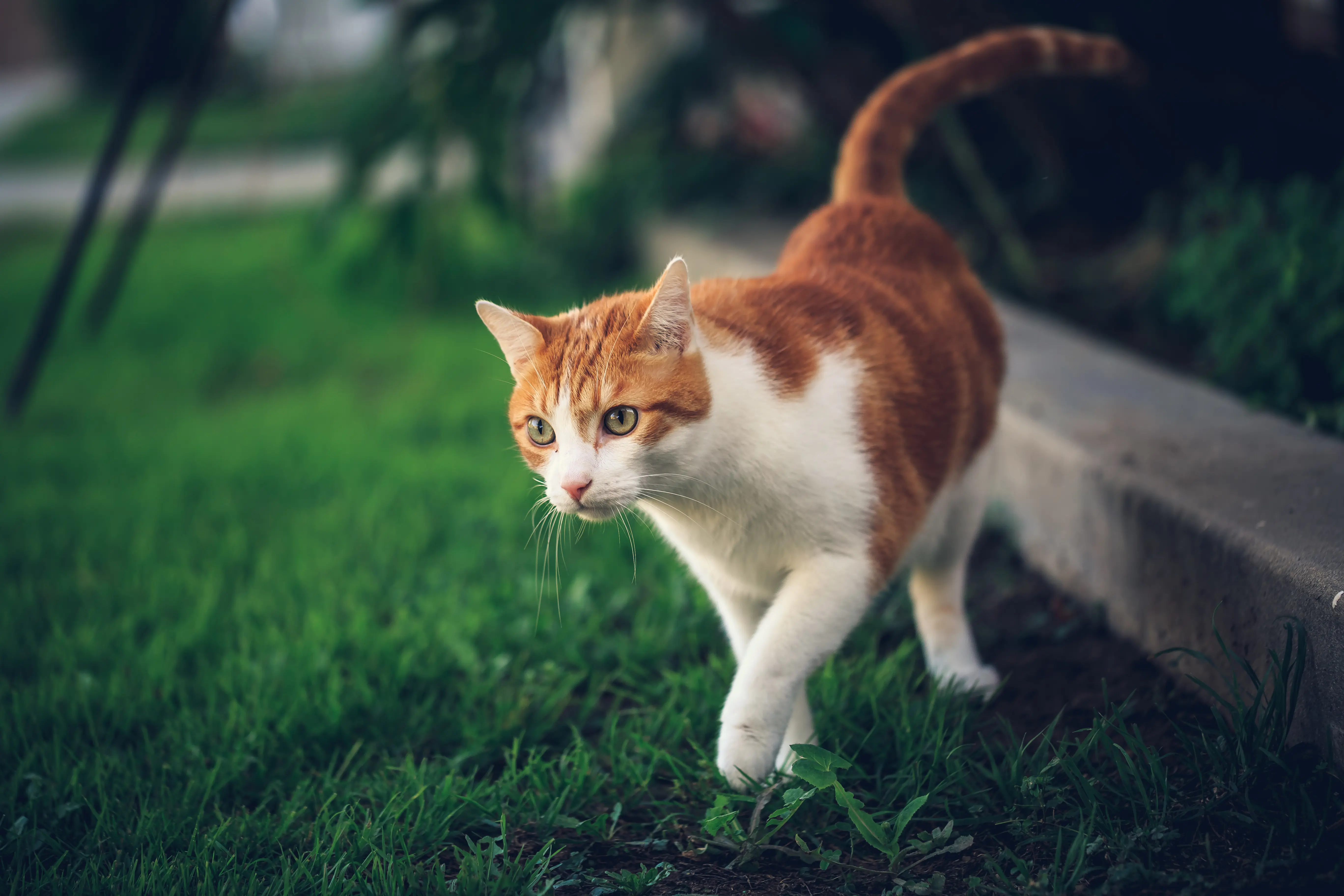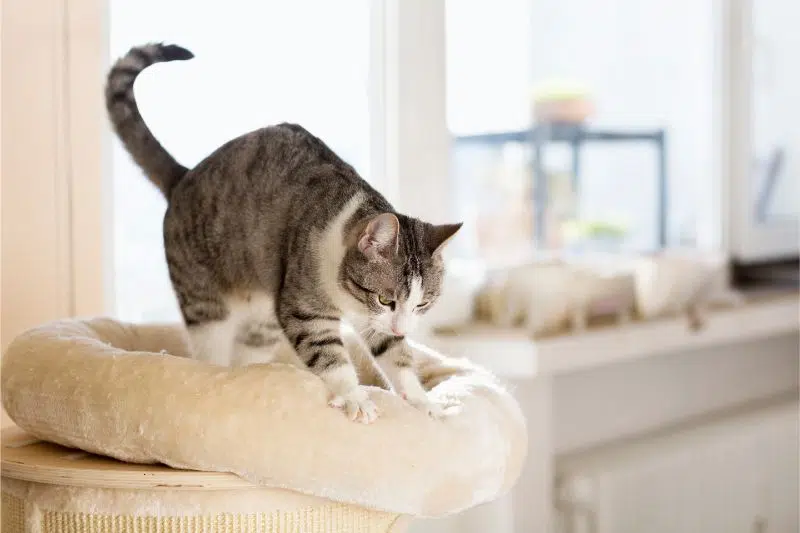Cat behaviour is a subject that can be very easily misunderstood, misinterpreted and misassigned. You may observe some traits in your feline pet that you as a human find totally unnatural, for instance cats love to hunt their prey and bring their trophies back to their human owners. But did you know that these gruesome little presents indicate that your cat does not think you can hunt for yourself, and is therefore trying to look after you?
While much of their behaviour is instinctive, some aspects are learned from other cats, especially their mother and siblings when young, and from watching the behaviour of people as they grow up. A cat’s age also has an effect on how they behave, with kittens being more playful than older cats, for example. All these factors bring about the fiercely individualistic behaviours that cats are known for. This means that the surface level behaviour we notice in our cats can actually underscore quite a complex system, however there are several generally recognised behaviour patterns that all cat owners should be aware of.
Why do cats groom?
Cats are very clean creatures by nature. They groom themselves constantly and in fact a cat can spend as much as 50% of their waking time grooming! Cats groom to hide their scent from predators, to manage body temperature and to prevent infections in wounds. Cats will also groom others to show affection, and this goes for both fellow cats and humans they share a bond with.
Cat body language
Body language is a very important part of understanding how cats behave. Cats use body language to communicate with each other and with us, although this will vary from cat to cat. Recognising that body language is a form of communication is crucial to understanding cat behaviour, as we will see when we look at some specific examples. By watching their body language we can see how cats feel about what they are doing or what is going on around them and use that information to be more caring and attentive pet owners.
There are several important aspects that can give you insight into the body language of your cat including posture, facial expressions and movement. For example:
- Posture – A cat’s posture tells us about the cat’s mood: an arched back can indicates a fearful or aggressive cat; crouching often indicates fear or stress; raised hackles can indicate anger; flattened ears indicate fear or aggression; a tail held high indicates confidence; and a tail held low indicates anxiety or fearfulness. The picture below shows how relaxed and contented this cat looks with her tail held high:
- Facial expression – By watching the facial expressions of your cat you can learn about what your cat might be feeling or thinking about the situation he or she is in at that time. For example if a cat has an open mouth he or she might be relaxed but if his mouth is closed his mood may change to being aggressive or nervous – at least this is often true for both cats and human beings! The picture below shows how this cat looks when relaxed:
- Movement – A cat’s movements can reveal much about how she feels at any given time: for example she might be twitching her tail to show annoyance and frustration; she might be arching her back for the same reason; she might suddenly bolt if frightened; she might swish her tail in a circle if ready to pounce on something; she might be walking in an odd way if she is hurt or has injured a paw.
- Kneading – Kneading is one of the most common cat behaviors and is often seen when a cat is in a comfortable position and relaxed. Both adult cats and kittens are known to knead, but the behaviour is first seen when a kitten suckles from their mother. It is often seen when the cat is sitting on your lap, but can also be seen when they are lying on the floor or rug. The picture below shows a cat kneading :
- Scratching – Scratching is another very common feline behaviour which helps them to mark their territory, keep their claws sharp and stretch their bodies. Cats will scratch both vertical and horizontal surfaces including trees, doors, walls, furniture, floors and even people! They also scratch to leave their scent behind. Most cats prefer to do this on a horizontal surface and so will mark their territory by scratching most commonly on the legs of furniture, doors and walls. In the picture below you can see how this cat has chosen a vertical surface to scratch:

Why do cats purr?
Well the most common reason is because they’re happy! Cats purr when they’re relaxed and calm but they may also purr for some less obvious reasons. In some cases, they may purr as a method of self soothing when they are nervous, or feeling particularly hungry and looking to get their owners attention.
A cat’s purr is produced by the rapid vibration of the vocal cords combined with movement in the diaphragm, resulting in a soothing sound which sits at a very low frequency. The frequency and vibrations of a cat’s purring has been hypothesised to be beneficial in helping them recover when they are ill or injured.
Most cats display a range of quirky behaviour, but if you are concerned about your cat’s behaviour, there could be an underlying problem that needs addressing. Most behaviour problems in cats are a result of stress or fear. The stress may be due to a change in the cat’s environment, such as moving house, or new people in your home. Some behaviour problems are caused by an underlying illness that is causing your cat discomfort. If your cat starts acting differently such as continually yowling at night or has started to urinate outside of the litter tray, it may be beneficial to get a veterinarian’s opinion on their behaviour.




